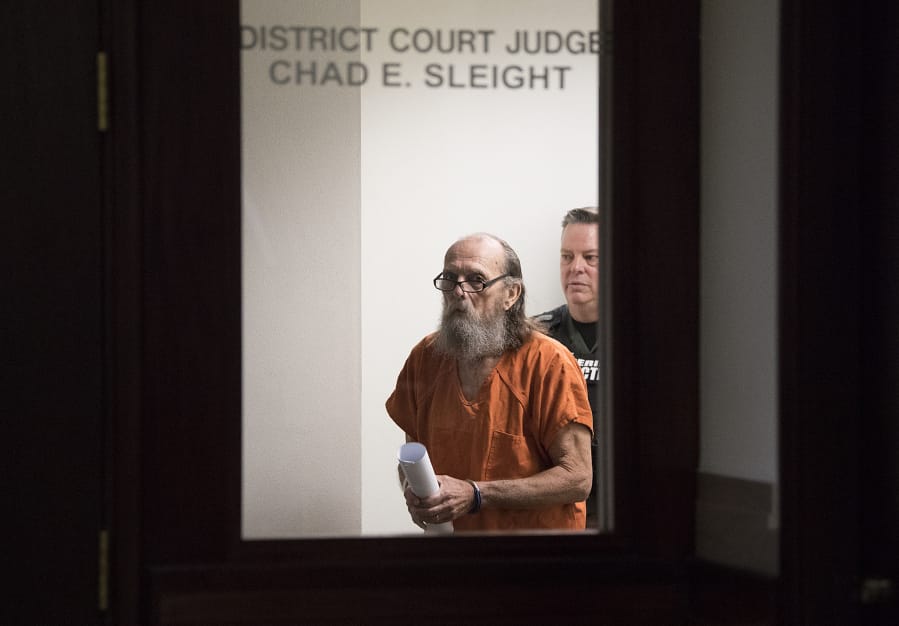The bill is coming due for serial killers of decades past — most recently in the form of a new murder charge against Clark County’s own suspected serial killer, Warren Forrest.
Forrest, 70, has been convicted of only one murder, but he is now accused in the 1974 slaying of 17-year-old Martha Morrison of Portland. Investigators say DNA evidence linked the former Battle Ground man to her death.
He is believed to be responsible for the abduction and slaying of six women and girls in Clark County in the 1970s, and he is a person of interest in another missing persons case.
Better understanding of serial murder, as well as advances in DNA testing and handling of forensic evidence, are helping to bring long unidentified or suspected serial killers to justice and closure to the victims’ loved ones.




